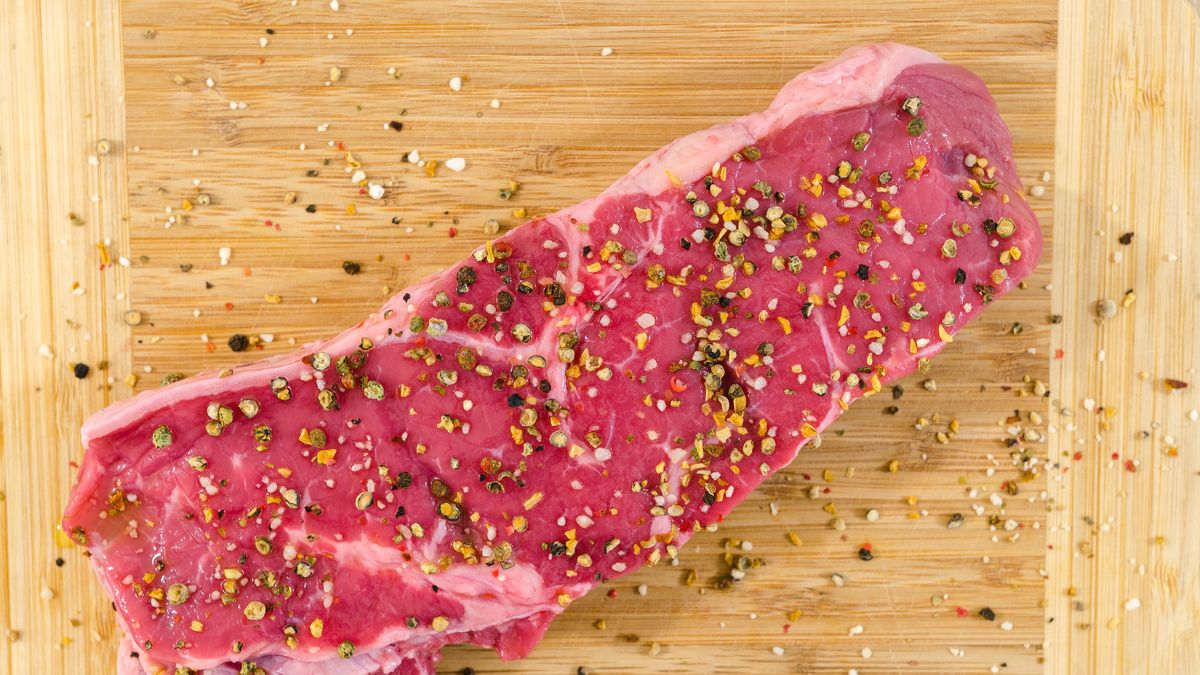As explained to Ambit Víctor Tonelli, advisor to livestock and beef meat packing companies, this increase responds to the fact that “the price of meat and, especially that of cattle, was lagging far behind inflation.” He explains that, when one looks at December 2021 versus the same month of the previous year, the Consumer Price Index (CPI) ran 94.5% annually, while meat increased just 42% in that period and cattle rose very below that level.
The factors that drive up the price of meat
Matías De Velazco, president of the Confederation of Rural Associations of Buenos Aires and La Pampa (CARBAP), corroborates this information by pointing out that, “from January 2022 to December of the same year, the live kilo of meat, which is the value at which we sell the producers, it rose 31% versus an inflation of 96%”.
Thus, the entity’s data shows that, in October and November, a feed lot lost between $20,000 and $25,000 per fat animal sold. And this situation occurred, according to Tonelli, due to several factors:
- on the one hand, because the consumer price of meat was used as an anchor so that inflation would not be even higher last year,
- in that price freeze, the price received by the producer also frizó for the cattle
- and the fall of the international prices that was seen in the last four-month period of 2022, which caused an oversupply in the domestic market against a very weak purchasing power.
meat 1.jpg
In short, it happened that there was “more slaughter, more supply and less export”, in a context of high inflation in which meat prices lagged behind. All these elements put pressure on meat prices to remain low and Tonelli points out that this meant that “we reached December with a consumption of almost 56 kilos per person per year in the last year, which is a level that has not been seen for a long time.” It looked”.
How live cattle are raised to the gondola
However, as can be seen on the street and in the data from consultants the price of meat it began to rise in the points of sale to the consumer and that threatens the capacity of consumption. “This rise was seen less in the supermarketswhich have a margin to distribute the difference in the sale price with that of the raw material among a greater variety of products, which, in the butcher shopswho do not have that margin”, says Tonelli.
This increase in sales prices to the consumer responds to the fact that “the value of the farm has been updating for fifteen days, which went up between 30% and 35%”, reports Leandro Rafael, head of the Argentine Chamber of Slaughterers, who estimates that there is still room to adjust.
A “necessary” price hike?
“It is a recovery that the feed lots, which came with losses. And I think that the price at the counters will gradually be updated”, says Rafael. And De Velazco supports this position by highlighting that “the rise that occurred in January is the best thing that could have happened, even for consumers.”
It sounds strange, but it is that he maintains that this “will allow those who are fattening on property, and are not supermarkets either refrigeratorsthat is to say that they are not vertically integrated, can continue doing so and do not withdraw from the business”.
De Velazco details that “the formation of the live kilo price It is carried out by the bid between supply and demand that occurs in the Agro Livestock Market of Cañuelas”, according to his words, this rise in prices allows the permanence of feeders in the system, which favors the future atomized supply of the market.
This is how the rise in meat will impact inflation
However, as seen, the consumer suffers and will continue to feel it in his pocket because, on the one hand, Tonelli marks that he still has 20 points to recover from the meat chain to reach the inflation. And, on the other, because he assures that, “of the 30% increase in cattle, only around 20% was transferred on average to the consumer.”
Although, de Velazco mentions a no lesser point that supports this situation and that is that, between January and December of last year, the meat on the counter rose more than the live kilo, so it could be that the adjustment of the raw material did not makes itself felt in its entirety in the final price this time.
The truth is that, in the words of Tonelli, “now, we have to see what happens and how the demand reacts.” The feeling of him is that, for a while, the price “It is going to remain more or less flat, with some ups and downs in cattle, and the consumer is going to pay a 25% increase from end to end”.
Of course, this is going to affect the CPI, which is going to show the impact of the rise in meat in the result for January, without a doubt, and also in February. Thus, Tonelli anticipates that “unfortunately, the meat it will be a problem for inflation in these months and, therefore, for the Government”.
He also adds that, although in recent days, the producer retained his cattle to see how far the rise would go and due to the evolution of the rains, “There will be an offer and that, from now on, we will have to see how prices are readjusted”.
Source: Ambito




